Choegojip Sutbul Dakgalbi Jeonmunjeom(최고집숯불닭갈비전문점)
6.7Km 2021-04-14
21-7, Myeongdong 8-gil, Jung-gu, Seoul
+82-2-3789-3334
It is a place where you can enjoy a variety of toppings for Dakgalbi (Spicy Stir-fried Chicken) that is popular in Korea. This Korean dishes restaurant is located in Jung-gu, Seoul. The most famous menu is spicy stir-fried chicken.
Legación Rusa de Corea (서울 구 러시아공사관)
6.7Km 2022-03-04
Jeongdong-gil 21-18, Jung-gu, Seúl
Dalgaebi (달개비)
6.7Km 2025-05-14
16, Sejong-daero 19-gil, Jung-gu, Seoul
Ouga (오우가)
6.7Km 2021-03-19
42, Myeongdong, 8ga-gil, Jung-gu, Seoul
+82-2-753-7533
A restaurant where you can experience the food culture with lots of Korean side dishes. This Korean dishes is located in Jung-gu, Seoul. The most famous menu is leaf wraps and meat set menu.
Tiendas Departamentales Lotte (Casa Central) (롯데백화점 본점)
6.7Km 2024-05-17
Namdaemun-ro 81, Jung-gu, Seúl.
Hwanggeum Mokjang Myeongdongseongdang (황금목장 명동성당)
6.7Km 2021-03-24
23, Myeongdong, 10-gil, Jung-gu, Seoul
+82-2-318-2426
It is a place where you can enjoy good-quality meat and which is visited by many tourists as well as locals. This Korean dishes restaurant is located in Jung-gu, Seoul. The most famous menu is grilled pork belly.
Myeongdong Haemultang Eomeonijip (명동해물탕어머니집)
6.7Km 2021-03-26
11-6, Myeongdong 8-gil, Jung-gu, Seoul
+82-2-776-3896
This restaurant specializes in seafood soup based on 40 years’ tradition. This restaurant's signature menu is spicy seafood stew. This Korean dishes restaurant is located in Jung-gu, Seoul.
Nolbu Budaejjigae Myeongdong(놀부부대찌개 명동)
6.7Km 2020-10-30
2F, 16-1, Myeongdong, 10-gil, Jung-gu, Seoul
+82-2-3789-0110
This is a Korean cuisine located in Myeongdong Cathedral, Seoul. Budaejjigae (spicy sausage stew) is a soup dish made with various types of ham and Korean broth and sauces. The best menu at this restaurant is sausage stew.
Sisamdal (시샘달)
6.7Km 2021-03-18
2, Myeongdong 8-gil, Jung-gu, Seoul
+82-2-310-9116
This is a cafe located in Myeong-dong, Seoul. A store selling Korea’s representative summer dishes. The representative menu is shaved ice with red bean topping.
Templo Bongwonsa en Seúl (봉원사(서울))
6.7Km 2023-02-21
Bongwonsa-gil 120, Seodaemun-gu, Seúl.
El templo Bongwonsa es un templo budista milenario ubicado en las faldas del monte Ansan. Este fue construido en el lugar donde actualmente se encuentra la Universidad Yonsei, por orden de la reina Jinseong de Silla, siendo llamado Banyasa. Lamentable, la construcción original desapareció durante la Guerra de Imjin (1592–1598) debido a un incendio, y el templo de la actualidad es una nueva obra realizada en el año 1748, año desde el que es llamado Bongwonsa. Cada 6 de junio, en el templo Bongwonsa se organiza una ceremonia para desear la unificación de las dos Coreas. El Festival Cultural de las Flores de Loto es otra de sus celebraciones anuales.
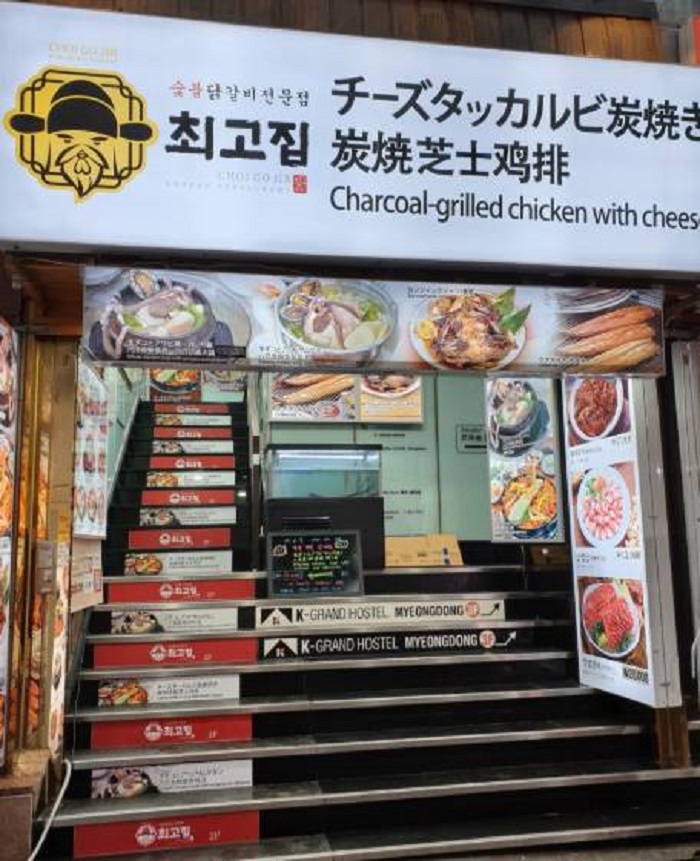
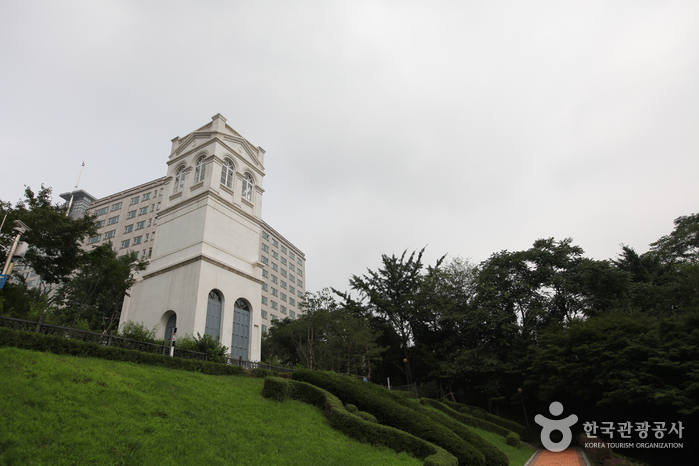

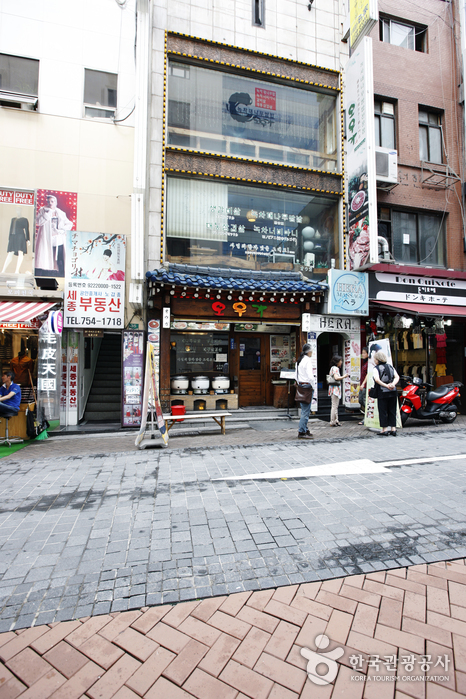
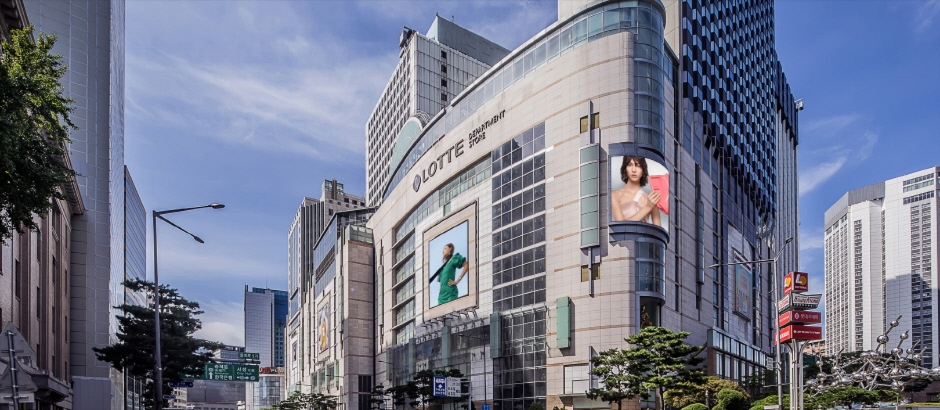
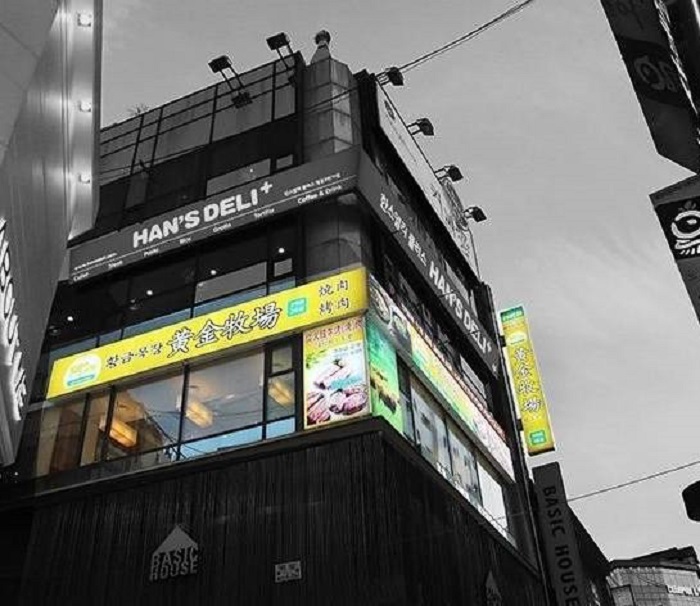
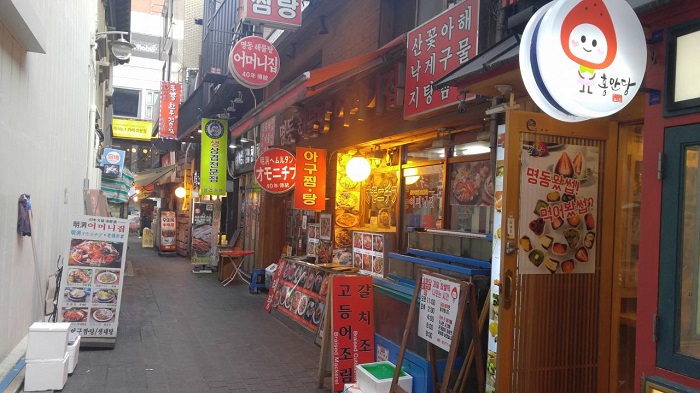
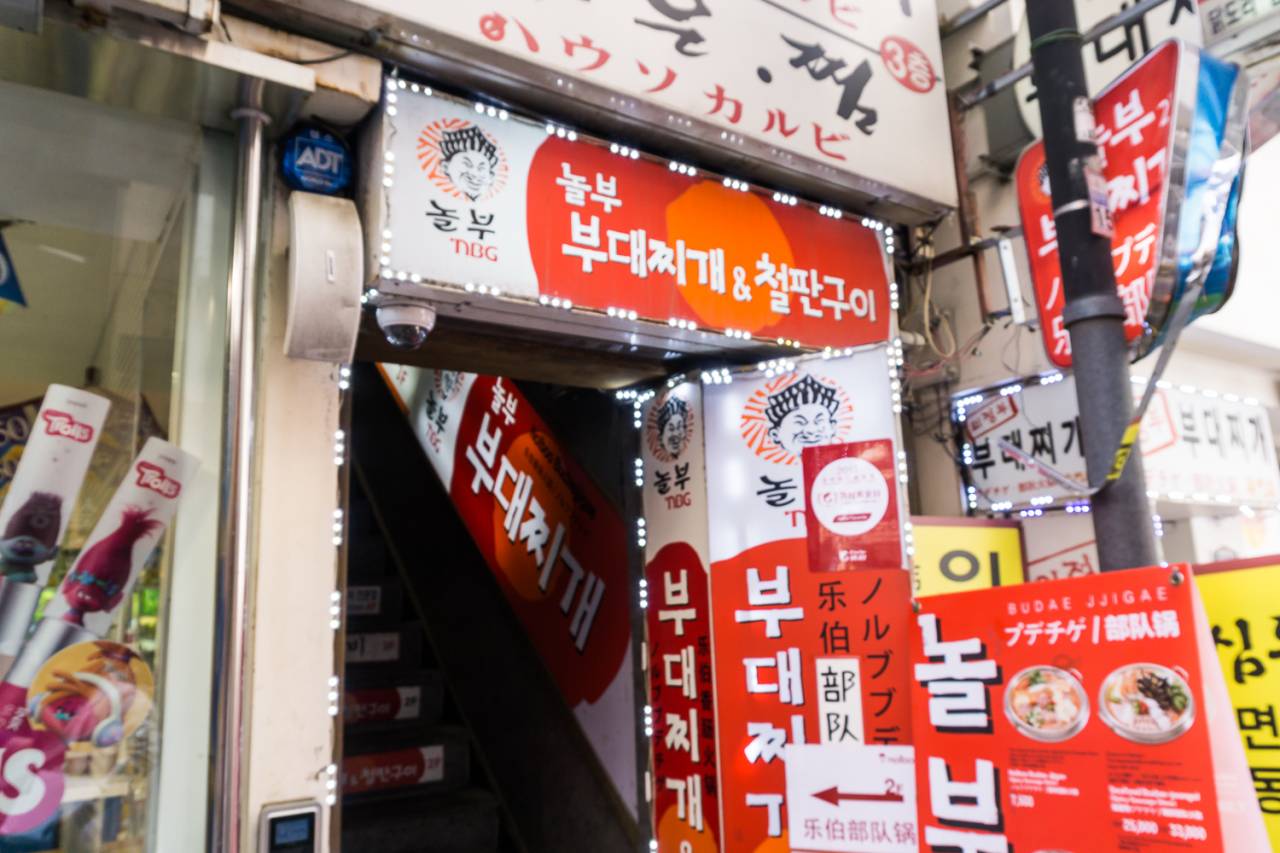
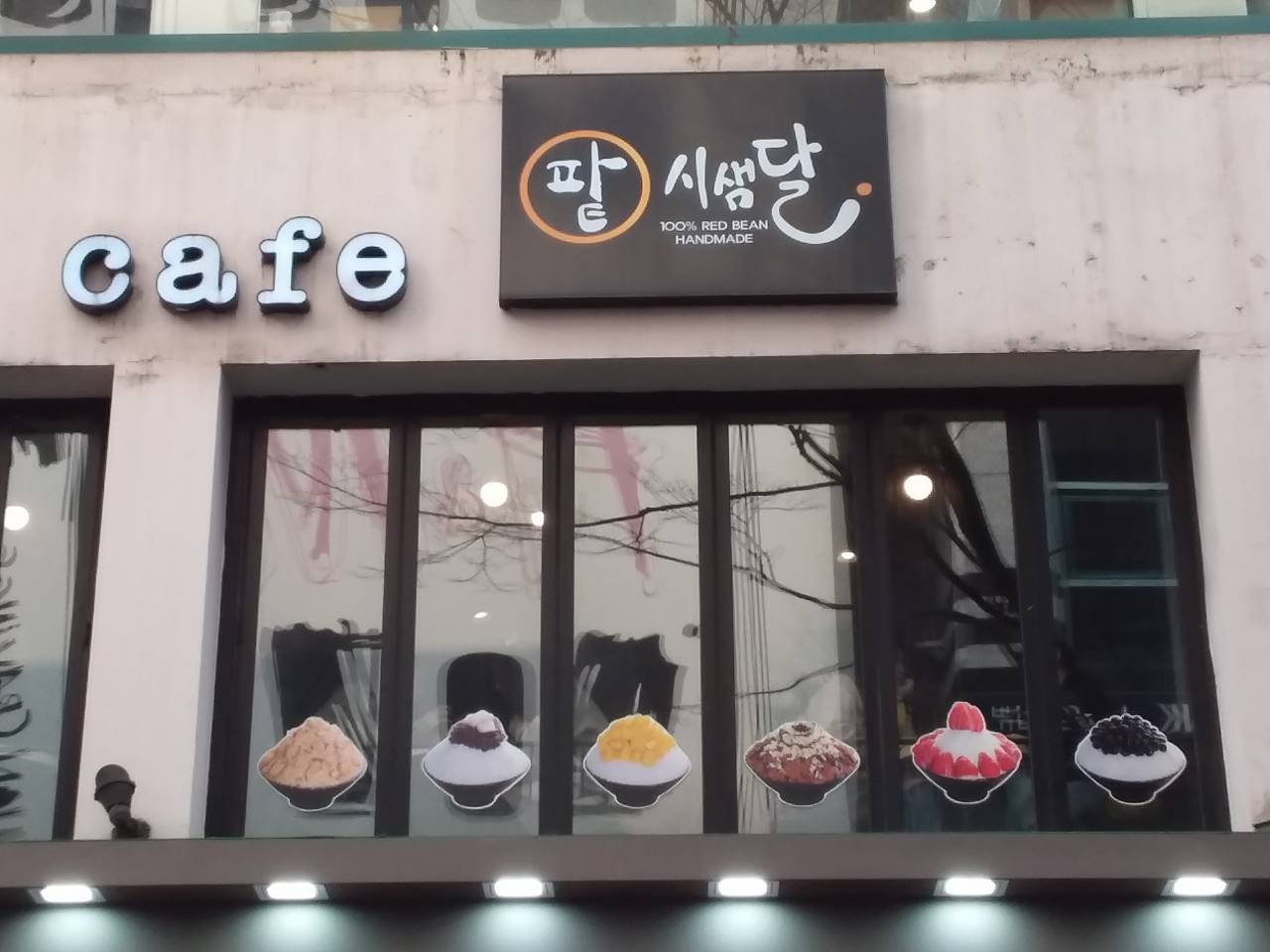
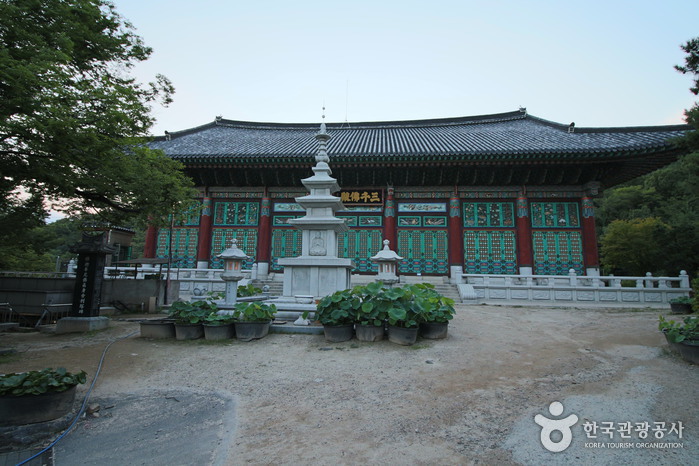
 Español
Español
 한국어
한국어 English
English 日本語
日本語 中文(简体)
中文(简体) Deutsch
Deutsch Français
Français Русский
Русский